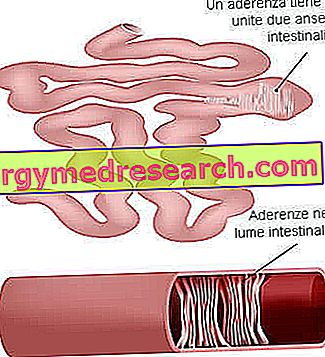Definition
Osteitis is an inflammatory disease that affects the bone.
The process can have a traumatic, infectious (bacterial, fungal or parasitic), dismetabolic or toxic origin.
In many cases, osteitis is caused by Staphylococcus aureus, which can spread by contiguity with deep skin lesions or exposed fractures. Sometimes, these microorganisms are carried by the blood from an infectious focus located elsewhere (eg pneumonia, urinary or dental infections).
The inflammatory process is often localized in the knee or in the shoulder; when the infection simultaneously affects bone and bone marrow it is called osteomyelitis.
Most common symptoms and signs *
- Skin abscess
- Asthenia
- Increase in the ESR
- Bacteremia
- Muscle cramps
- Bone pain
- Articolar pains
- Erythema
- Temperature
- Pus formation
- Bone fractures
- Sore legs
- Joint swelling
- Backache
- Headache
- Osteopenia
- Joint stiffness
- Bone Sclerosis
Further indications
Osteitis suddenly develops with fever, very intense pain, joint stiffness and limited movement of the affected bone segment.
In some cases, skin temperature may increase in areas where the disease is active; in addition, local tenderness is accentuated by the slightest contact, erythema and swelling. Bone pain is dull, deep and present most of the time.
Depending on the site affected, other symptoms may occur, such as cutaneous abscesses, back pain, arthritis, bone fractures or neurological dysfunctions.
Typically, the diagnosis is defined with a radiological examination or a routine biochemical evaluation. Bone scintigraphy determines the degree of bone involvement, while biopsy is only necessary if an osteosarcoma is suspected.
The therapy is based on the administration of analgesics and / or antibiotics, selected on the basis of the pathogen in question. Acute inflammation of the bone can develop into chronic injury; in this case, the portion of compromised tissue must be surgically removed.




